The growing awareness of digital eye strain has propelled blue light filtering lenses into the optical mainstream. As consumers increasingly seek protection from high-energy visible light emitted by screens and artificial lighting, the methods for evaluating these specialized lenses have become more sophisticated. Understanding how blue light lenses are tested helps both eyecare professionals and consumers make informed decisions about product claims.
The fundamental challenge in testing blue light lenses lies in accurately simulating real-world conditions while maintaining laboratory precision. Unlike ultraviolet protection which follows established ISO standards, blue light filtration lacks universally accepted testing protocols. This has led manufacturers and independent labs to develop varied methodologies, sometimes producing conflicting data about the same lens.
Spectrophotometry remains the cornerstone of blue light lens evaluation. High-precision spectrophotometers measure transmission percentages across the visible light spectrum, typically from 380nm to 500nm where blue light resides. The most reliable systems use double-beam technology to compensate for light source fluctuations, with sample chambers designed to accommodate curved lenses without altering their optical properties. Proper sample positioning proves critical - a lens tilted just 5 degrees can yield significantly different transmission values.
Real-world validation of laboratory findings requires additional testing protocols. Many advanced labs now incorporate spectral irradiance measurements using calibrated light sources that mimic LED screens. These tests account for factors like angular dependence of light filtration and lens coatings' durability over time. Some researchers argue that cyclic testing - repeatedly exposing lenses to blue light sources between measurements - better predicts long-term performance than static single-point measurements.
The debate over which blue light wavelengths matter most continues shaping testing methodologies. Early lens evaluations focused broadly on the 380-500nm range, but recent research suggests specific bands within this spectrum may have different biological impacts. Some labs now weight their measurements according to emerging research about melatonin suppression (peaking around 460nm) and retinal protection (shorter wavelengths below 450nm). This nuanced approach better reflects how lenses perform against specific blue light concerns rather than providing blanket filtration percentages.
Consumer-facing blue light metrics often simplify complex laboratory data into single-number ratings, sometimes leading to confusion. Terms like "blue light blocking percentage" rarely specify whether they refer to the entire blue spectrum or particular wavelengths. More transparent manufacturers provide detailed spectral transmission charts showing exactly how much light passes through at each wavelength. These charts, when properly scaled, allow for direct comparison between lens types and brands.
Environmental lighting conditions dramatically affect blue light lens performance in ways that standard lab tests might overlook. Advanced testing protocols now include evaluations under various color temperatures of white light - from warm 2700K household bulbs to cool 6500K daylight simulations. This reveals how lens filters behave under different ambient conditions rather than just in isolation. Some forward-thinking labs have even developed dynamic testing systems that gradually shift color temperature during measurements.
The durability of anti-blue light treatments presents another testing challenge. While new lenses might show excellent filtration properties, coatings can degrade with cleaning and wear. Accelerated wear testing involving repeated cleaning cycles, UV exposure, and mechanical abrasion helps predict long-term performance. These tests have revealed significant differences between surface-applied coatings and molecular-level lens treatments that filter blue light throughout the material.
Clinical validation represents the next frontier in blue light lens assessment. Beyond physical filtration measurements, researchers are developing protocols to evaluate how different lens types actually affect visual comfort and circadian rhythms in live subjects. These studies often combine traditional optical measurements with biometric data like blink rates, pupil responses, and melatonin levels. While more costly and time-consuming than lab tests, such clinical correlations help bridge the gap between theoretical protection and real-world benefits.
As the blue light lens market matures, calls grow louder for standardized testing protocols. Several industry groups are working toward consensus methods that would allow direct comparison between products. Potential standards might specify light source characteristics, measurement intervals across the blue spectrum, angular dependence testing parameters, and durability assessment methods. Until such standards emerge, informed consumers and eyecare professionals must look beyond marketing claims to understand exactly how any given lens was tested and what the results truly mean.
The most thorough lens evaluations now combine multiple testing modalities - spectrophotometry for baseline filtration data, spectral irradiance measurements under realistic conditions, durability testing, and where available, clinical validation studies. This multifaceted approach provides the clearest picture of how lenses will perform in daily use rather than just under ideal laboratory conditions. As research continues revealing new aspects of blue light's effects on eye health and sleep patterns, testing methodologies will undoubtedly evolve to address these findings.
For consumers navigating the crowded blue light lens market, understanding these testing complexities proves invaluable. A lens claiming "blocks 50% of blue light" might filter evenly across the entire spectrum or target specific wavelengths intensely while allowing others through. Only detailed testing data reveals these important distinctions. Likewise, filtration percentages alone don't indicate how lenses affect color perception - another important consideration that rigorous testing protocols evaluate through color rendering index measurements.
The future of blue light lens testing likely involves more personalized assessment methods. Researchers are exploring how to account for individual differences in pupil size, screen viewing habits, and circadian sensitivity when evaluating lens performance. Such tailored approaches could eventually replace today's one-size-fits-all filtration ratings with customized recommendations based on a person's unique needs and lifestyle factors.
Until testing standards become universal, the most reliable blue light lens manufacturers provide transparent documentation of their evaluation methods alongside detailed performance data. Third-party testing adds another layer of credibility, especially when conducted by respected optical laboratories rather than in-house facilities. As the science of blue light protection advances, so too must the methods for proving its effectiveness - ensuring consumers receive lenses that truly deliver on their protective promises.

By /Jul 28, 2025

By /Jul 28, 2025
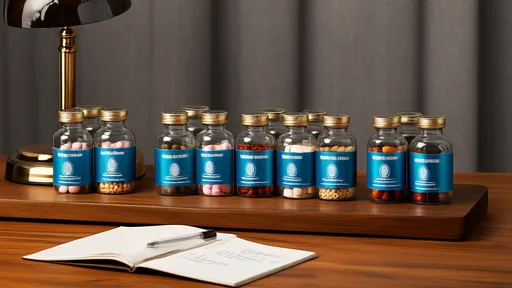
By /Jul 28, 2025
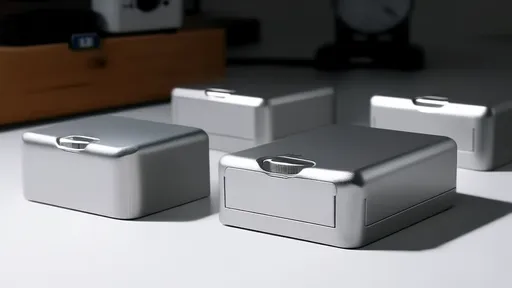
By /Jul 28, 2025

By /Jul 28, 2025
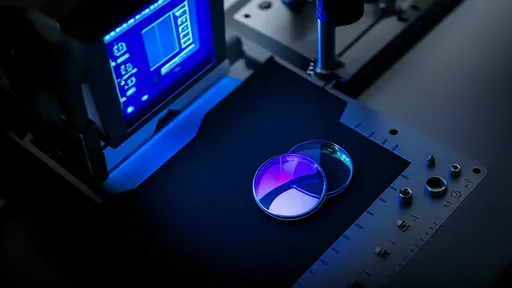
By /Jul 28, 2025
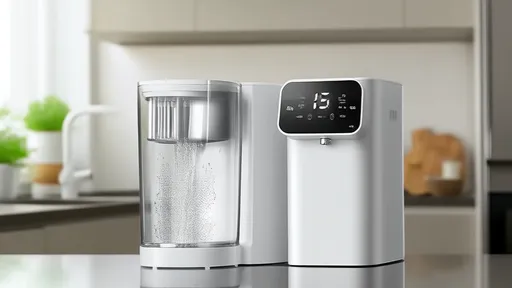
By /Jul 28, 2025
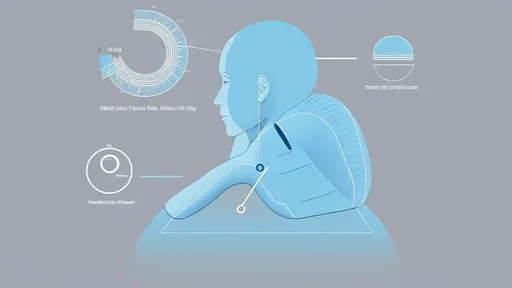
By /Jul 28, 2025

By /Jul 28, 2025

By /Jul 28, 2025
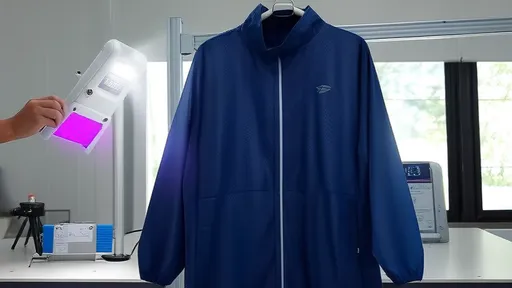
By /Jul 28, 2025
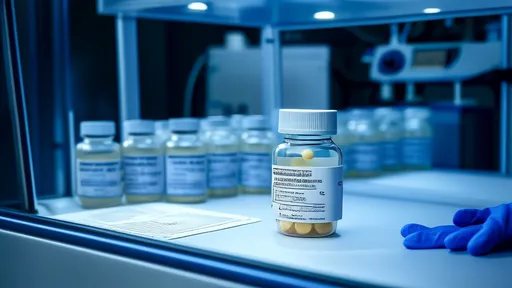
By /Jul 28, 2025
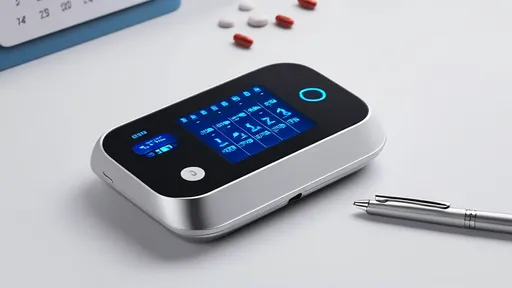
By /Jul 28, 2025

By /Jul 28, 2025
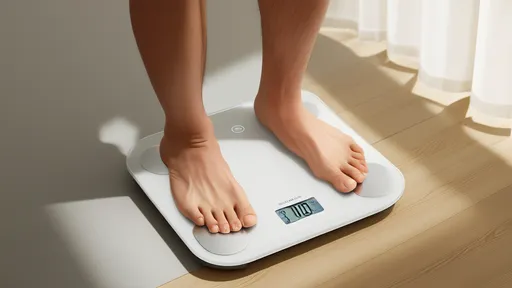
By /Jul 28, 2025
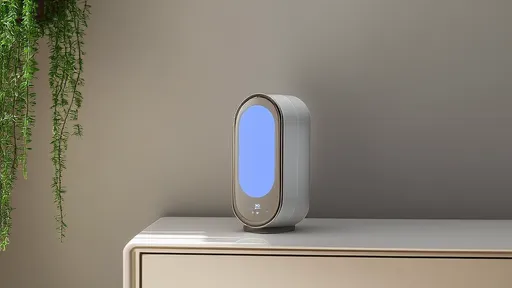
By /Jul 28, 2025
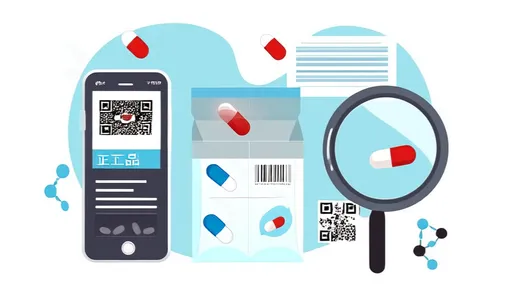
By /Jul 28, 2025
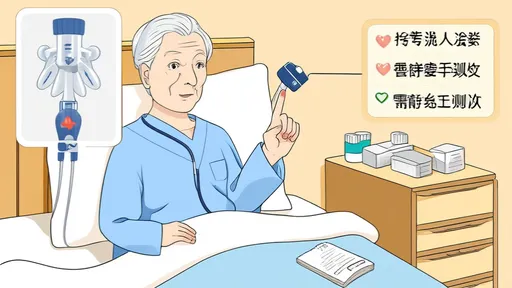
By /Jul 28, 2025